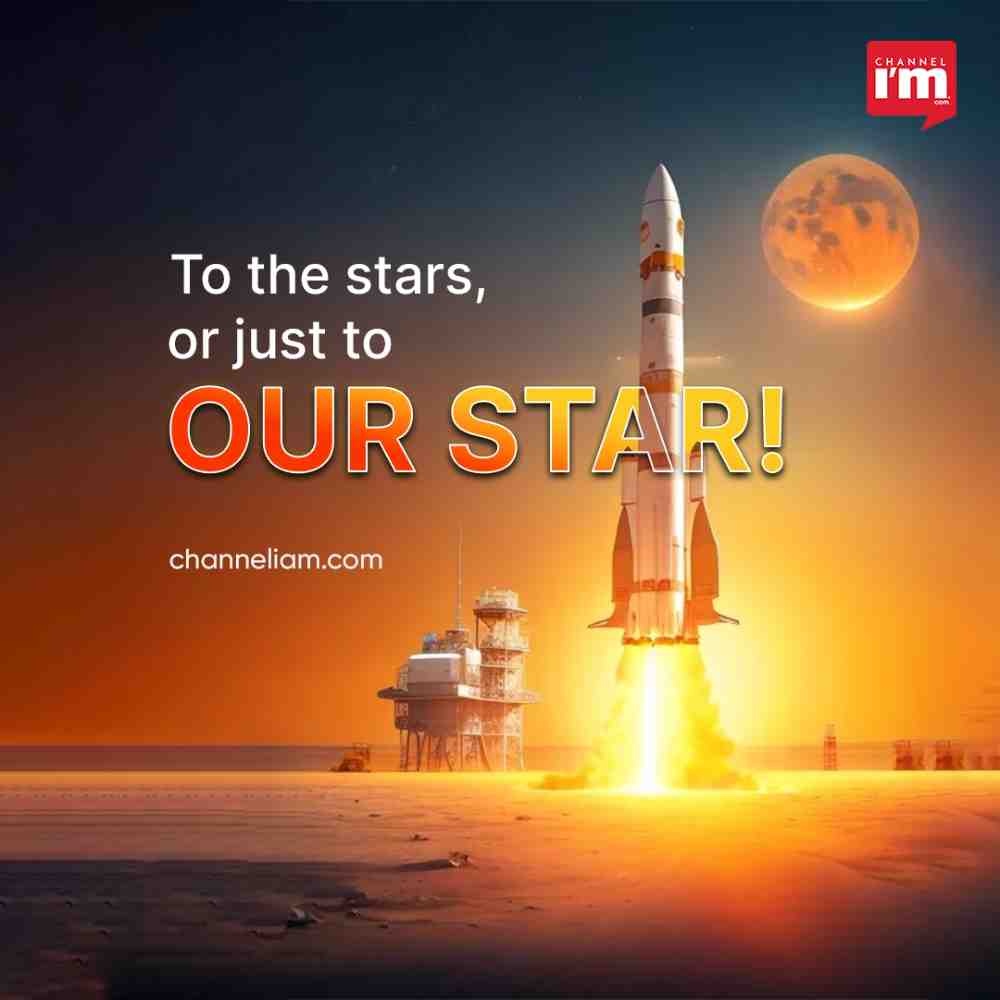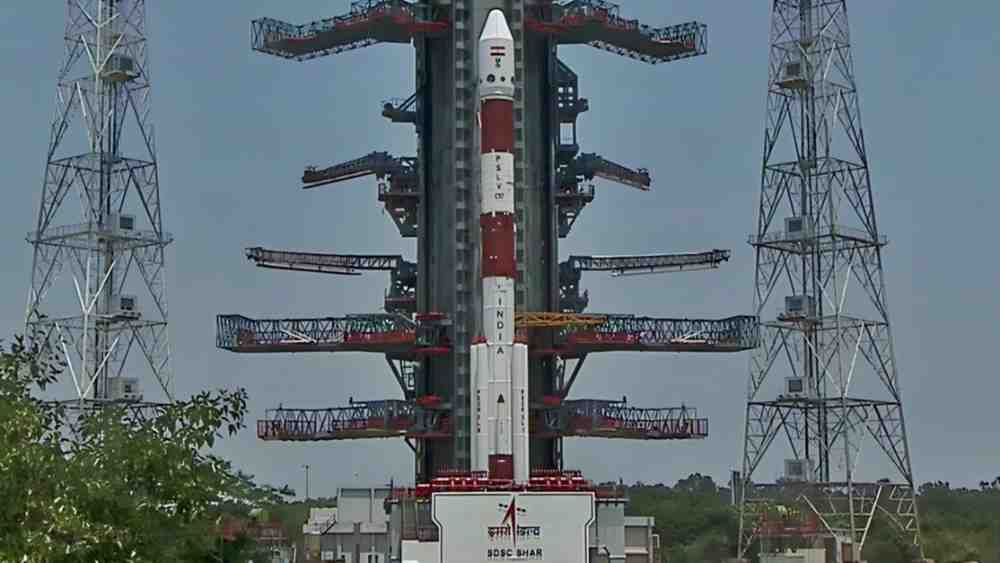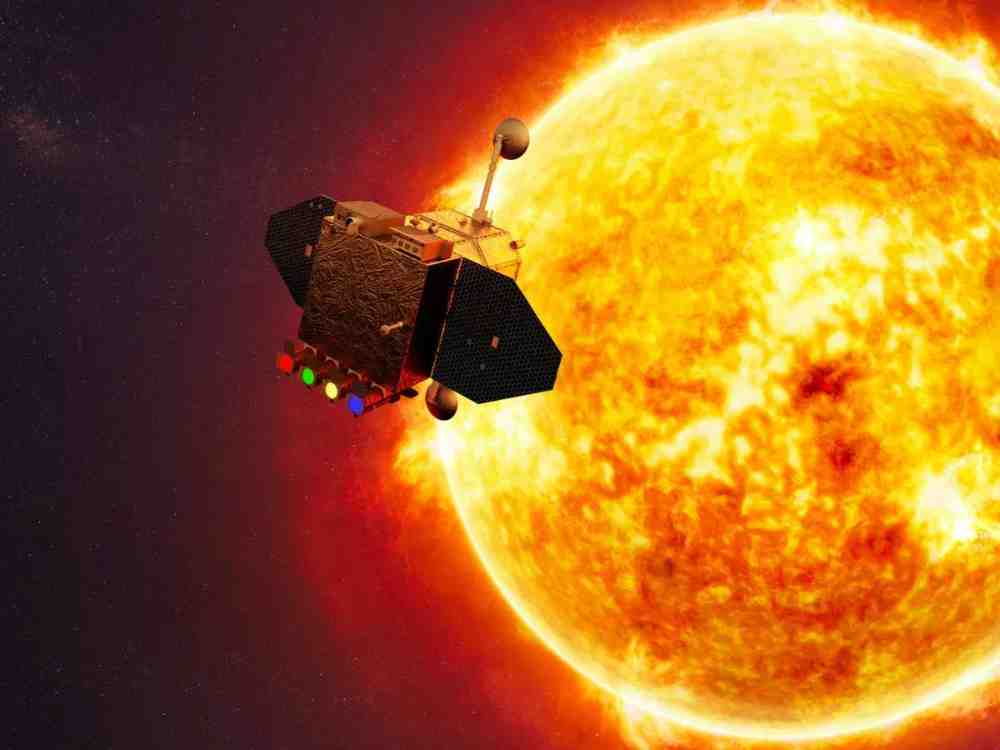
Aditya L1 Solar Mission: India’s Bold Step Towards Understanding the Sun
On September 2, 2023, India’s space agency, ISRO, created history with the launch of its Aditya L1 mission. This ambitious project, in the works for over 15 years, aims to explore and study the Sun’s upper atmospheric layers, providing crucial insights into solar activity and its impact on Earth and space weather. In this article, we delve into the details of the Aditya L1 mission, its objectives, technical challenges, and its significance.
Mission Overview

Aditya-L1 is India’s maiden solar mission, which will take off from Sriharikota at 11:50 am. Unlike some other solar missions, Aditya-L1 will not land on or approach the Sun closely. Instead, it will be positioned approximately 1.5 million kilometres away from Earth, directed toward the Sun, at about 1% of the Earth-Sun distance. The spacecraft will follow a trajectory similar to Chandrayaan-3, involving initial Earth orbit placement and subsequent acceleration towards its designated spot – the first Lagrange point (L1) between the Earth and Sun. The total journey is estimated to take approximately four months.
Scientific Objectives

The primary scientific objectives of the Aditya L1 mission are:
1. Chromosphere and Corona Study: Aditya-L1 will study the Sun’s upper atmospheric layers, known as the chromosphere and corona. These regions hold critical clues about the Sun’s behaviour and its impact on space weather.
2. Coronal Mass Ejections (CMEs): It will investigate coronal mass ejections, which are massive ejections of plasma and magnetic fields from the Sun’s corona. Understanding CMEs is vital for predicting and mitigating space weather-related disruptions on Earth.
3. Magnetic Field and Space Weather: Aditya-L1 aims to examine the corona’s magnetic field, shedding light on the drivers of space weather, which can affect satellite communications, navigation systems, and power grids on Earth.
4. Coronal Temperature Anomaly: Scientists will investigate why the Sun’s corona, which is not as bright as its surface, reaches temperatures exceeding a million degrees Celsius, in stark contrast to the Sun’s surface temperature of around 5,500 degrees Celsius.
5. Particle Acceleration: The mission will also probe the mechanisms behind the acceleration of particles on the Sun, a phenomenon that plays a crucial role in shaping space weather.
Technical Challenges
Acquiring and maintaining an orbit around the L1 point is technically challenging. Aditya-L1 must remain in this orbit for five years with extreme precision. Mylswamy Annadurai, a Padma Shri awardee and former ISRO scientist, highlights the formidable nature of this task. Achieving such accuracy and endurance in an L1 orbit is a testament to India’s growing expertise in space science and engineering.
Launch and Live Coverage

The Aditya L1 mission marks ISRO’s first back-to-back space mission, following the Chandrayaan-2 lunar mission. The live coverage of the launch will commence at 11:20 am and can be watched on ISRO’s official YouTube and Facebook channels, as well as DD National TV. ISRO’s website also provides live streaming links for viewers worldwide.
Global Perspective

While India is making strides in solar exploration with Aditya-L1, it’s essential to note that other countries, such as the United States and the European Space Agency (ESA), have sent numerous solar probes over the years. These international efforts collectively contribute to our understanding of the Sun and its complex behaviour.
Conclusion
The Aditya L1 mission represents a significant milestone in India’s space exploration journey. As it embarks on this historic voyage, Aditya-L1 holds the promise of unravelling some of the Sun’s most profound mysteries. Its findings will not only enhance our scientific understanding of the Sun but also help us better prepare for and mitigate the impacts of space weather on Earth and our technology-dependent society. As we watch the Aditya L1 mission take off, we witness India’s continued ascent in the realm of space exploration, paving the way for a brighter future in solar science and beyond.
